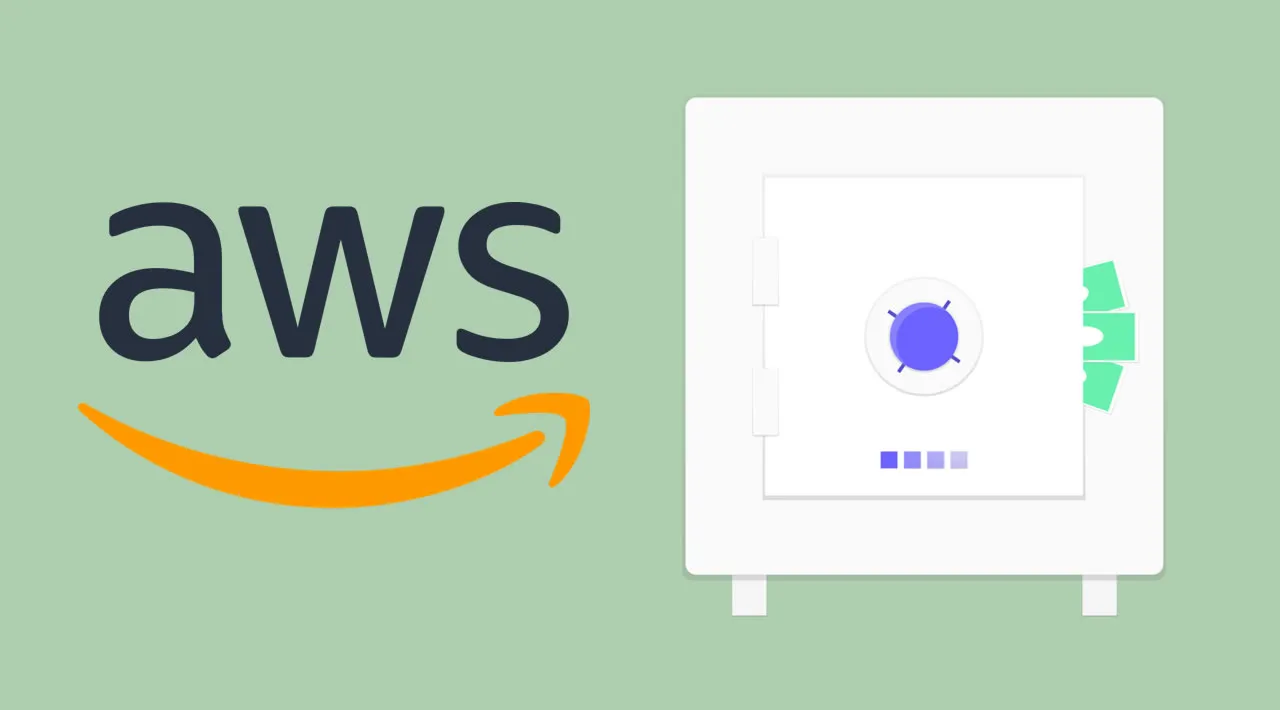Cloud adoption has many benefits, the most notable of which being the wide range of options and price models available. Your cloud charge, on the other hand, can get confusing. If you don’t keep track of it and review it on a daily basis, the expenses can easily escalate out of control. Fast scalability, pay-as-you-go pricing, and a vast array of options and updates can make things very complicated.
Every company should actively monitor its cloud costs, which can drive up the overall cloud bill. However, if you handle them properly, this can be avoided. Here are some AWS charges you should keep an eye on.
AWS Free Tier Usage
AWS Free Tier offers a limited number of AWS services to use for free, up to a defined monthly consumption cap. It’s divided into three pricing models: a 12-month Free Tier, an Always Free offer, and brief trials. You can use this model to test out the services, but also to build and maintain a basic web application. But for some time now, there is a growing problem between developers using the AWS Free Tier. They report having problems with unexpected costs and are not able to define what exactly is causing these costs. To avoid any charges like these, there are a couple of things you can do:
- First, understand what services are covered by the free tier. Then, make sure that your planned project falls under the free tier offering. You’ll be charged on-demand instance rates for any additional usage.
- Create usage alerts in AWS Budgets to be able to react on time. Make it a practice with any starting project to set up a monthly fixed limit in your AWS Budgets account.
- Monitor your AWS charges frequently in the Billing and Cost Management console.
- Delete resources after you’re done using them.
- Make sure the free tier period has not expired. Any resources allocated to your account after that period are chargeable.
#aws cost optimization #aws charges #aws costs #aws
